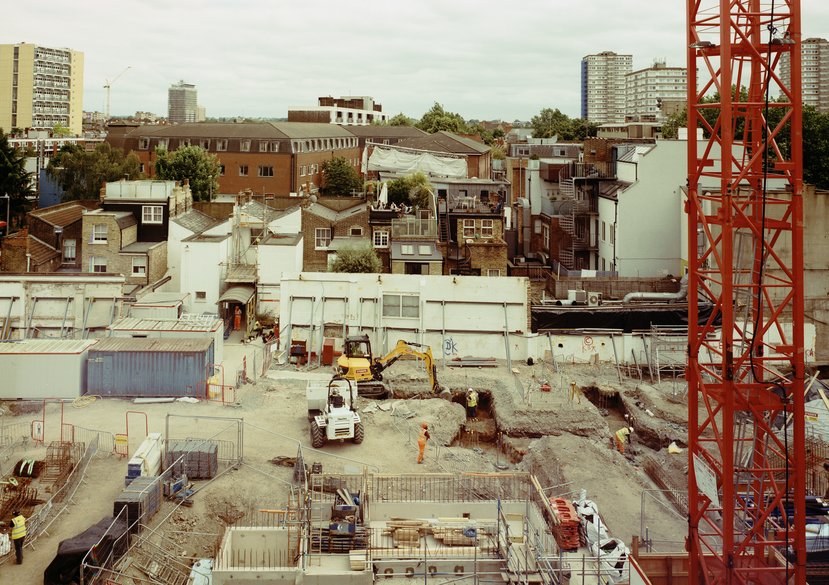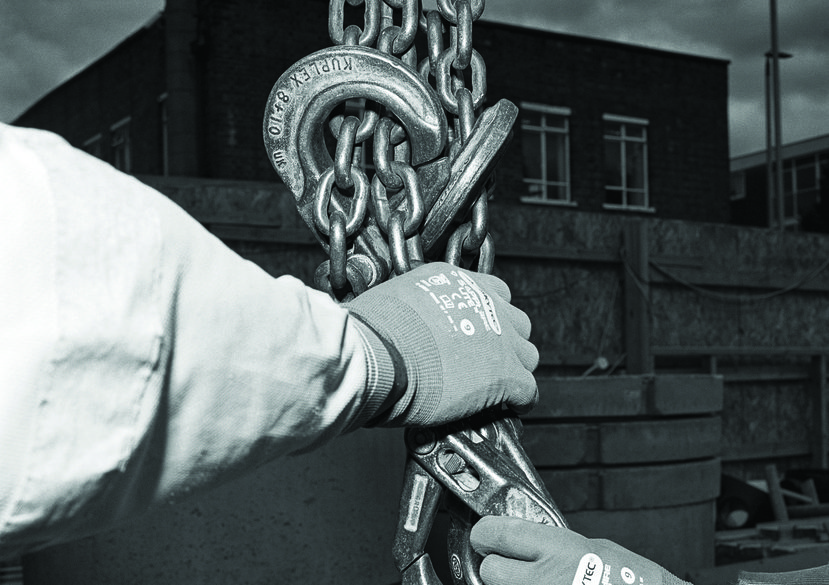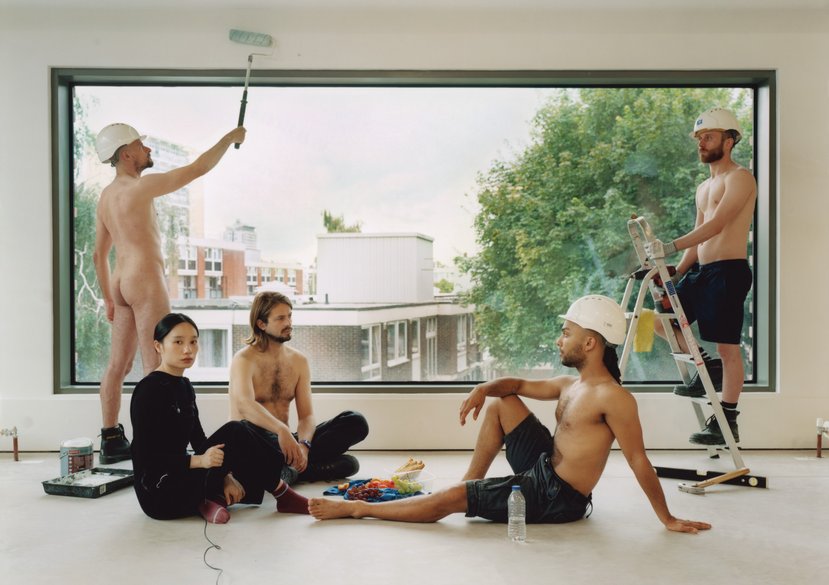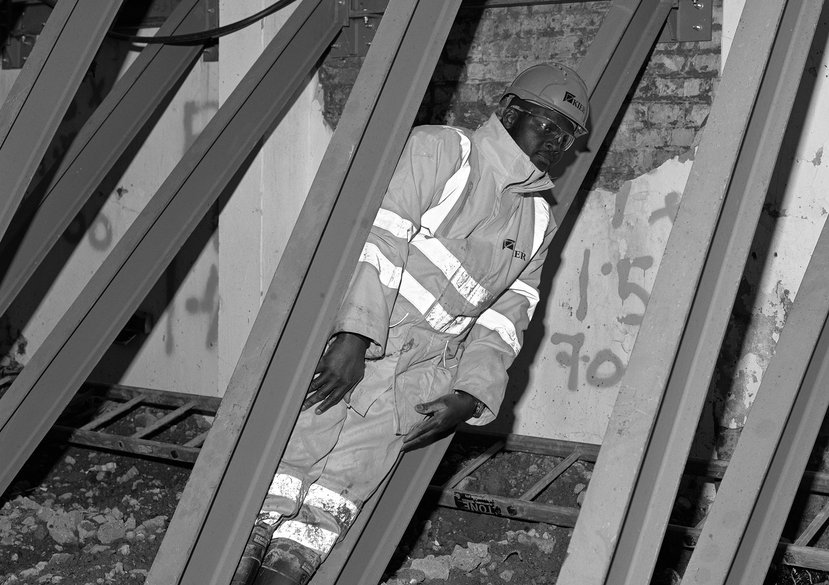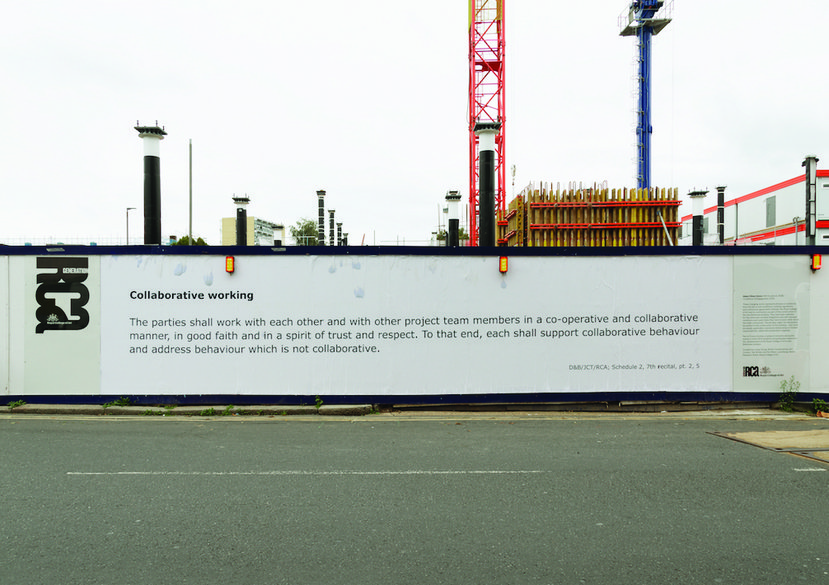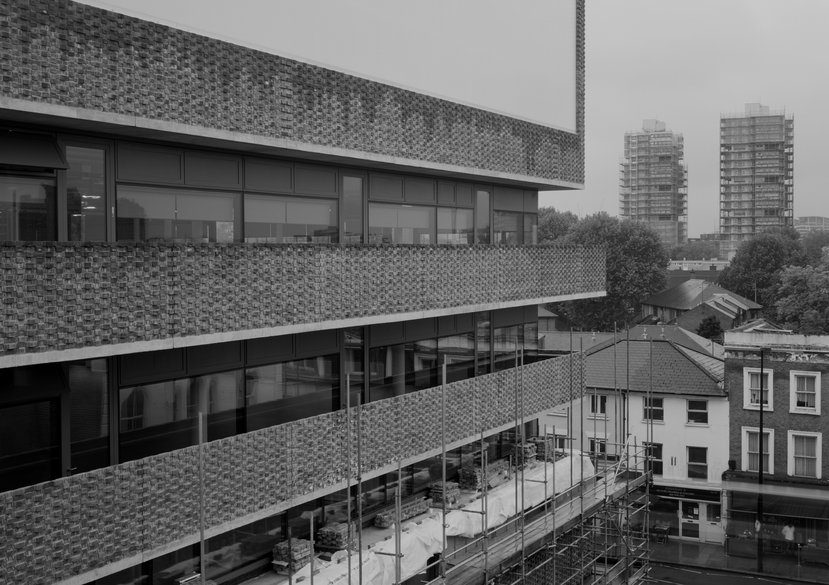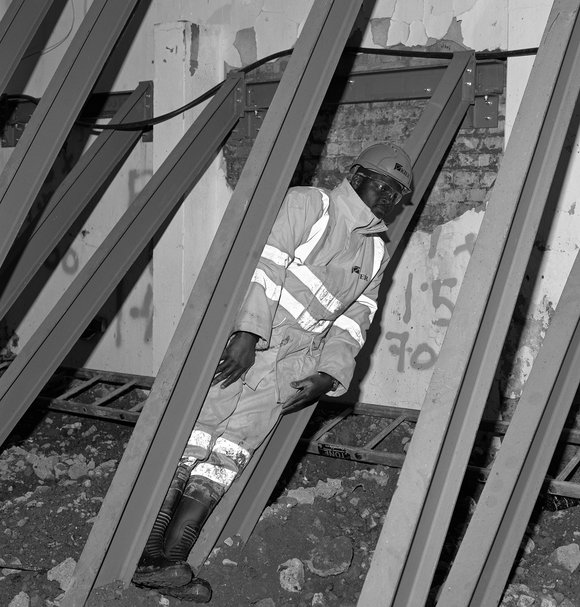
Key details
Date
- 25 May 2022
Author
- RCA
Read time
- 5 minutes
Rut Blees Luxemburg discusses the publication of Future Archive: a new book which explores the four-year construction process of the Royal College of Art’s (RCA) new Battersea campus – and proposes how the new building will be inhabited.
Key details
Date
- 25 May 2022
Author
- RCA
Read time
- 5 minutes
Future Archive is a new publication which gathers artworks, texts, conversations and exhibitions from the Future Archive artistic research laboratory, initiated and led by world-renowned artist and RCA Senior Research Fellow, Rut Blees Luxemburg.
The Future Archive book documents the work of the artistic research laboratory who used the construction site of the RCA’s new Battersea campus, designed by architects Herzog & de Meuron, as an opportunity for field study. The book is a culmination of their work over the four-year construction – representing a diverse range of artworks by RCA staff, students and recent alumni including paintings, photographs, billboards, performances, sculptures and video, as well as exhibitions and publications.
The RCA’s influence is also felt in the book’s design and publication – Future Archive was designed by RCA alumna Emily Schofield (MA Visual Communication, 2020) and is published on 1 June 2022 by FOLIUM, an independent arts publisher founded by two RCA alumni, Stewart Hardie and Harry Gammer-Flitcroft (MA Photography, 2018).
Structured into three main sections – Memory, Construction and Proposal – the book goes beyond the conventional archive, in looking to the future of how the Battersea campus may be inhabited by students.
To celebrate the opening of the RCA’s new Battersea campus, we spoke with Rut Blees Luxemburg about the collaborative approach taken by RCA students, revealing the parts of a construction site that often go unseen and an upcoming Future Archive exhibition at the Royal Institute of British Architects (RIBA).

“The Future Archive is about enabling artists to have the freedom to create in unexpected and live situations.”
For anyone unfamiliar with your work, could you talk about your background and the ideas and themes around your general practice?
My work as an artist is very much focused on the city and urban spaces, and I'm especially attentive to how cities are changing and how that change and these emergent situations can be used for artistic, creative intervention.
Which brings us to the Future Archive – the title of the project is unusual – two words that might seem at odds with each other. How did you decide on it and what does ‘Future Archive’ mean to you?
That's a good observation. An archive tends to capture the history, the past – it's a repository for what has gone before. But in this case, we wanted to capture the memory of the previous site and at the same time record its transformation and, very importantly, also make proposals as to how this place, this art school, could be inhabited in the future. So it's bringing together the past and making the arc forward to the future.
For example, the PhD student Josh Leon wrote a eulogy about the previous building before it got dismantled and then he imagined how the students of the future would be able to occupy the new buildings. He put in prose the transition of that which is being superseded and that which is yet to come. Yushi Li, another PhD student, staged a tableau with the ‘builders’, staging a scene of sharing and hospitality – a proposition of how a building can function as a host, where people can share knowledge and are physically quite relaxed among each other.

“To use an active building site was an opportunity to get students out of their studios to be engaged or confronted with a real situation – not one which is abstract – and be in close proximity with this workforce.”
There are a number of works that involve these exchanges and relationships with the construction workers on-site – why did you want to take this collaborative approach?
To use an active building site was an opportunity to get students out of their studios to be engaged or confronted with a real situation – not one which is abstract – and be in close proximity with this workforce. I think that if you put artists into any situation, they come up with creative ideas, unexpected solutions, interactions.
Herzog & de Meuron from the beginning were also engaged in the work of the Future Archive. They understood that this approach was worthy of their time and support, and shared their conceptual thinking with the students involved.
A number of works also document the processes that usually go unseen in the finished building – why was this important to capture?
Within architecture, the way a building is usually presented or represented is through glossy images of the city or of the final building – or we see sophisticated CGIs as a proposition of what luxury developments will look like, for example. We, however, wanted to capture the in-between, the elements you don’t usually see in the construction. The artist Adam Hines-Green, made a series of billboards that showed selected phrases from the contractual agreements between the RCA and its contractors. These otherwise invisible obligations and conditions were made public by the artist. Another artist, David Barreiro, focused on the construction of masculinity on a building site and co-staged performative actions with the construction workers to explore this further.

“We wanted to capture the in-between, the elements you don’t usually see in the construction.”
What do you think people picking up a copy of the book will feel? How are you hoping people will respond to it?
For many people who work or study at the RCA this will be in part a document of a phase of their own history. They will see the spaces that they used to work, teach and create in, archived here in a book, which is meaningful. Outside of the RCA community, I think the book can function as a manual for how an emergent situation, like a construction site, can be activated by artists. Yet it doesn't have to be a construction site – it could also be another emergent situation where one does not necessarily expect creative imagination to operate. Once artists are placed in this situation, what kind of ideas and works develop? How can artistic intervention respond to and affect an unfolding situation? The Future Archive is about enabling artists to have the freedom to create in unexpected and live situations and although it’s about one particular instance – the building of the new RCA campus – the book could also function as a stimulus for different situations.
Some of your previous work refers to the city as a character – if you were to apply this thinking to the Battersea campus, how would you characterise it?
The building is a factory for making and thinking and creating. It has its own integrity, but it also has openings and apertures to the public. It has a relationship to the street – it's not an isolated insulated island, but a voluminous body that can interact with its surroundings in potentially really productive and porous ways. So it has those two elements: protected spaces for creativity and research, but also thoroughfares, openings, which connect it to the wider city and the surrounding civic space. This interchange and how it will play out over the coming years will be very interesting.

“The building is a factory for making and thinking and creating.”
Could you tell us more about the upcoming Future Archive exhibition at RIBA?
From the outset it was important for me that the Future Archive has external visibility, and the Royal Institute of Architecture, the RIBA, especially during the London Festival of Architecture is the dream partner. I’m pleased that we can exhibit a selection of the art works from the Future Archive to an audience that is very engaged with architecture and urban space, and introduce them to the diverse and experimental artworks and publications that can emerge from the active engagement with the construction of a building.
A selection of works from Future Archive will be exhibited in the RIBA First Floor Gallery, 66 Portland Place, London from 1 June to 9 July 2022. The free exhibition forms part of RIBA’s House of Architecture initiative, a developing programme of exhibitions and events to inspire all those with an interest in architecture. For more details, visit the RIBA website.
